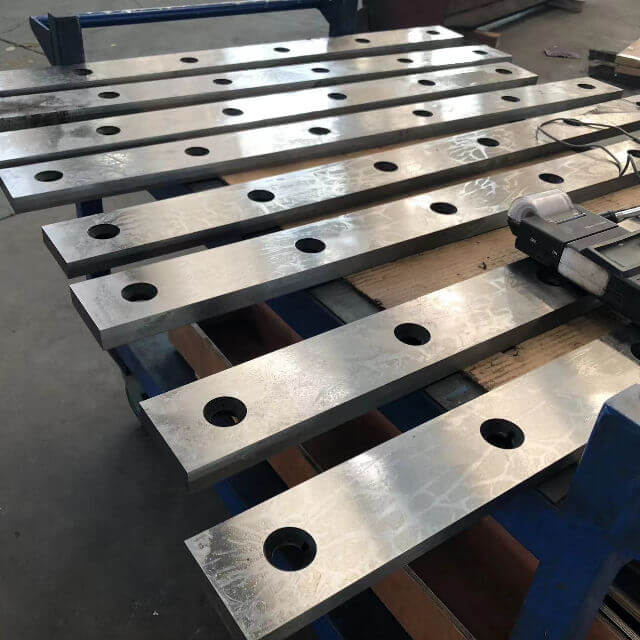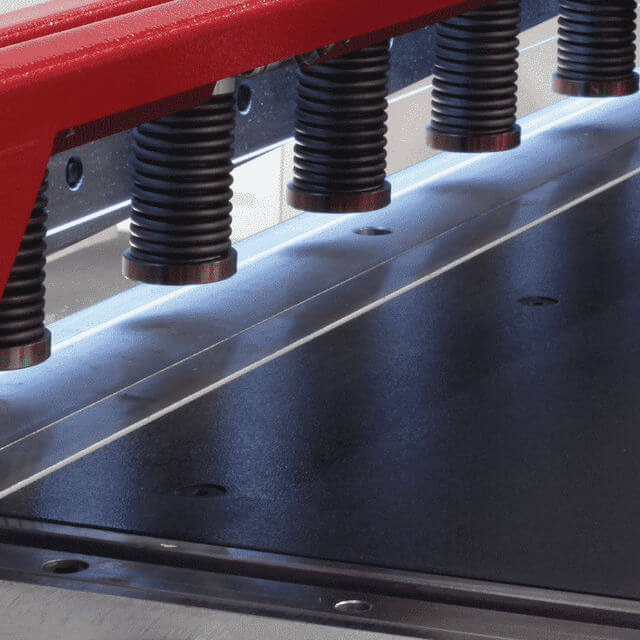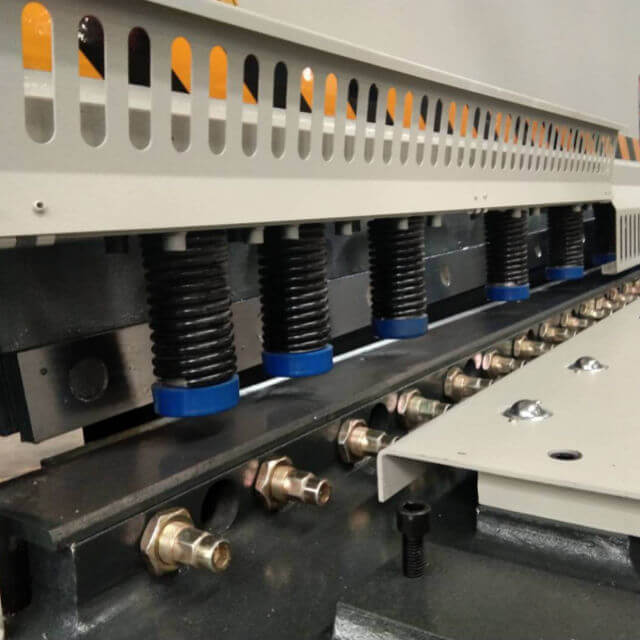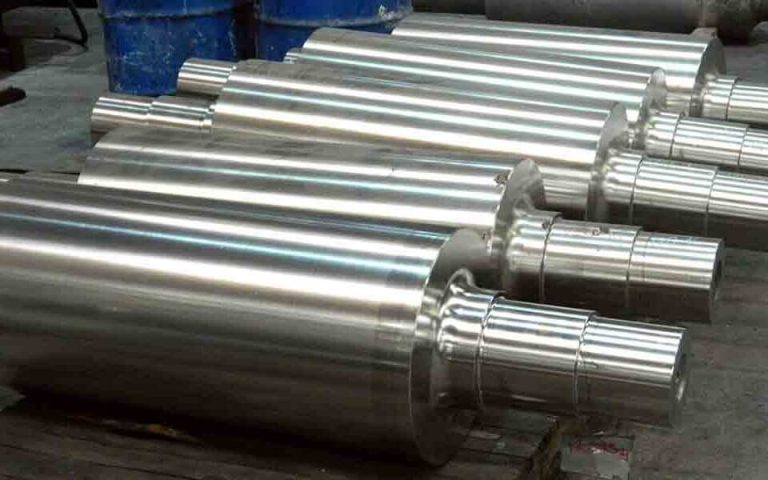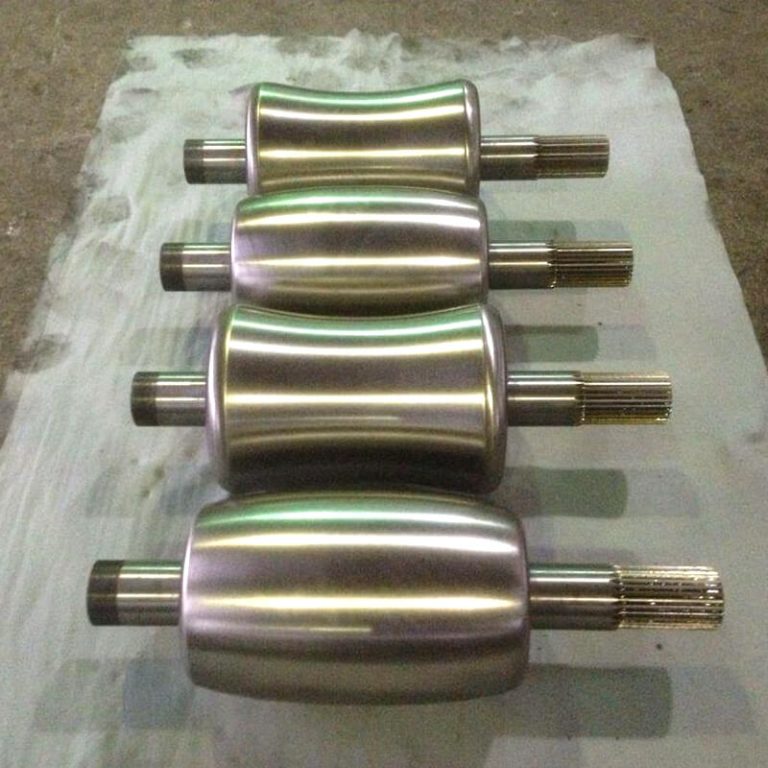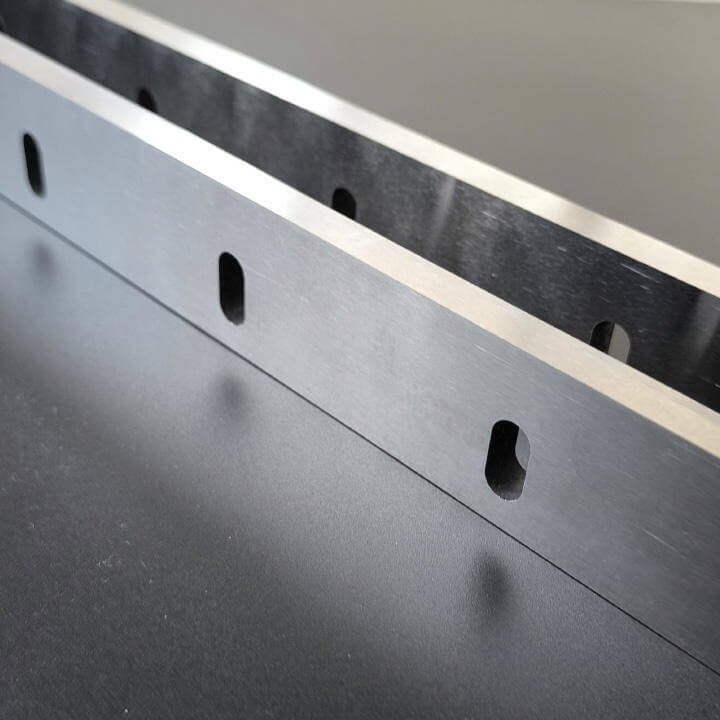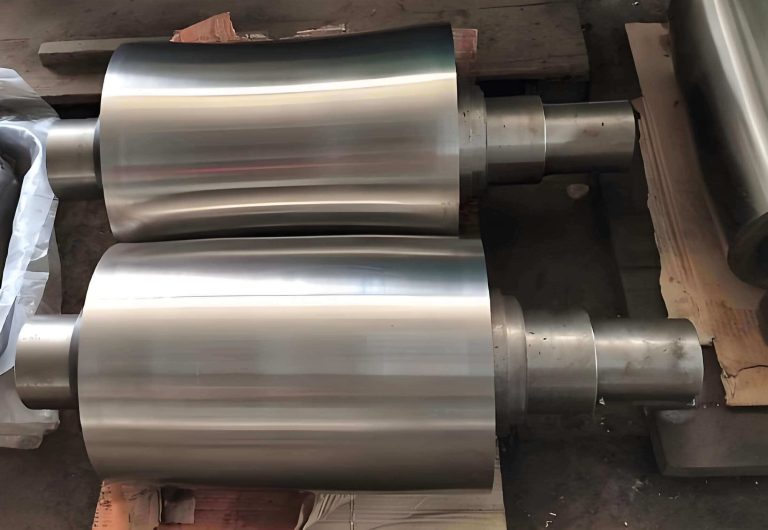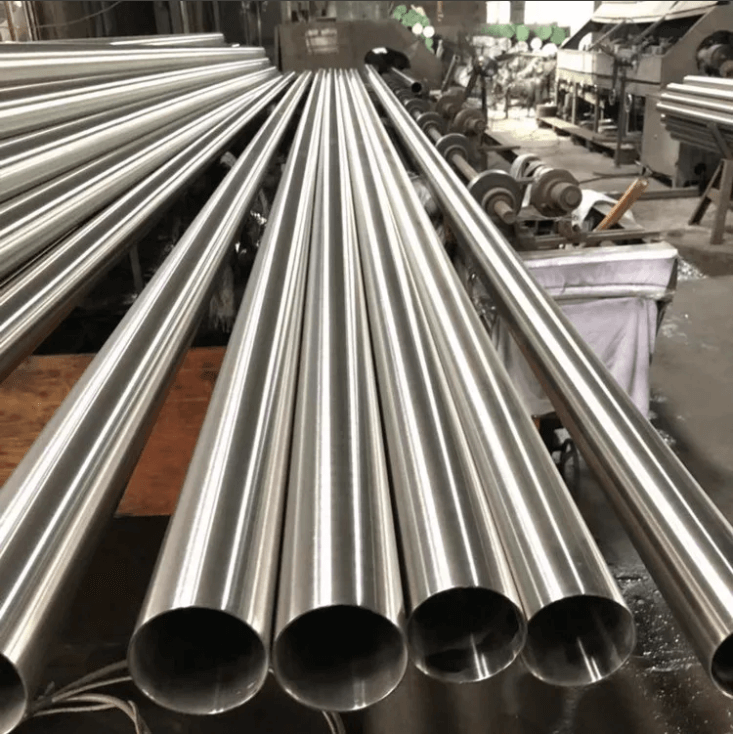The Production Process of Shearing Blades in China
Shearing blades are essential tools in various industrial sectors, including metal processing, paper manufacturing, and textile industries. In China, the production of shearing blades has evolved significantly over the years, combining traditional craftsmanship with advanced manufacturing technologies. Here is a brief overview of the typical production process of shearing blades in China.
1. Material Selection
The quality of the shearing blade largely depends on the choice of materials. Common materials used for shearing blades include high-speed steel (HSS), tool steel, and alloy steel. These materials are selected based on their hardness, toughness, and wear resistance to meet the specific requirements of different shearing applications. For instance, HSS is often preferred for its excellent cutting performance and high-temperature resistance.
2. Forging
Once the material is selected, it undergoes a forging process. Forging helps to shape the raw material into the approximate dimensions of the final blade and improves its internal structure, enhancing its mechanical properties. In China, both manual and automated forging methods are employed, depending on the production scale and blade specifications.
3. Rough Machining
After forging, the blade blank is subjected to rough machining. This involves using cutting tools such as milling machines and lathes to remove excess material and bring the blade closer to its final shape. Rough machining ensures that the blade has the correct dimensions and surface finish for subsequent processes.
4. Heat Treatment
Heat treatment is a critical step in the production of shearing blades. It involves heating the blade to a specific temperature and then cooling it rapidly (quenching) or slowly (tempering) to achieve the desired hardness and toughness. Proper heat treatment can significantly improve the blade’s cutting performance and service life. In China, advanced heat treatment furnaces and precise temperature control systems are used to ensure consistent and high-quality results.
5. Finish Machining
Following heat treatment, the blade undergoes finish machining. This includes grinding, honing, and polishing to achieve the final dimensions, surface finish, and sharpness required for shearing. High-precision grinding machines and diamond tools are often used to ensure the blade’s accuracy and quality.
6. Quality Inspection
Before the shearing blades are ready for market, they undergo rigorous quality inspection. This involves checking the blade’s dimensions, hardness, surface finish, and cutting performance using various measuring instruments and testing methods. Only blades that meet the strict quality standards are approved for packaging and shipping.
7. Packaging and Shipping
Once the shearing blades pass the quality inspection, they are carefully packaged to prevent damage during transportation. The packaging materials are chosen based on the blade’s size, shape, and destination. Finally, the packaged blades are shipped to customers worldwide, where they are used in a wide range of industrial applications.
In conclusion, the production process of shearing blades in China is a combination of traditional skills and modern technologies. From material selection to quality inspection, every step is carefully controlled to ensure that the final product meets the highest standards of quality and performance. With continuous innovation and investment in research and development, China’s shearing blade industry is well-positioned to meet the growing demands of both domestic and international markets. If you have any questions about Shearing Blades, please let us know. We are already ready to help you.

